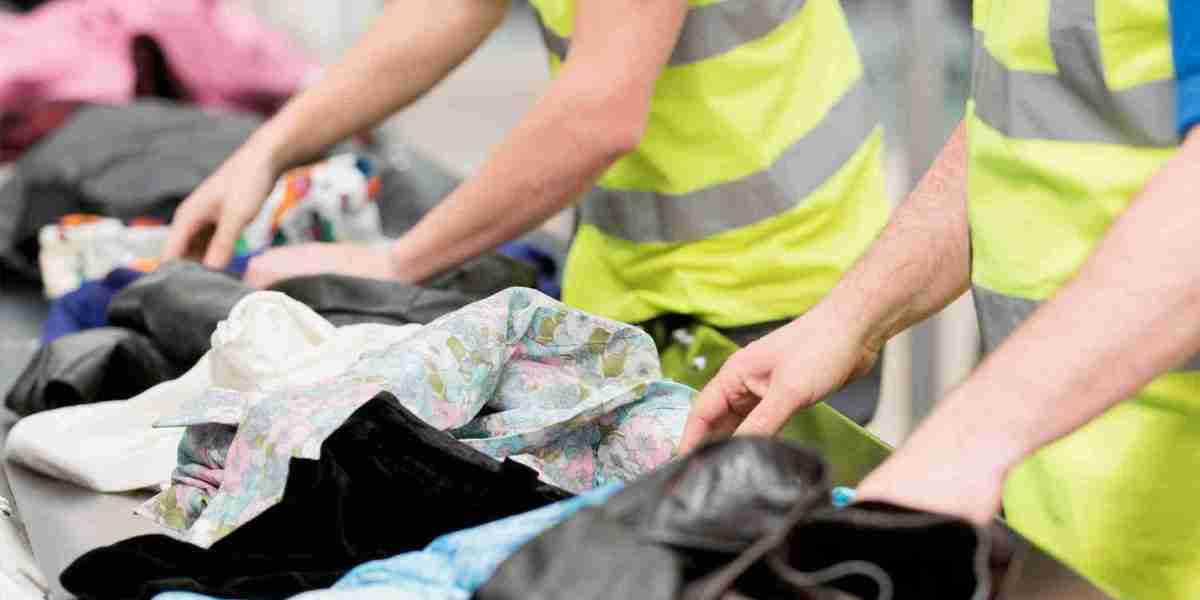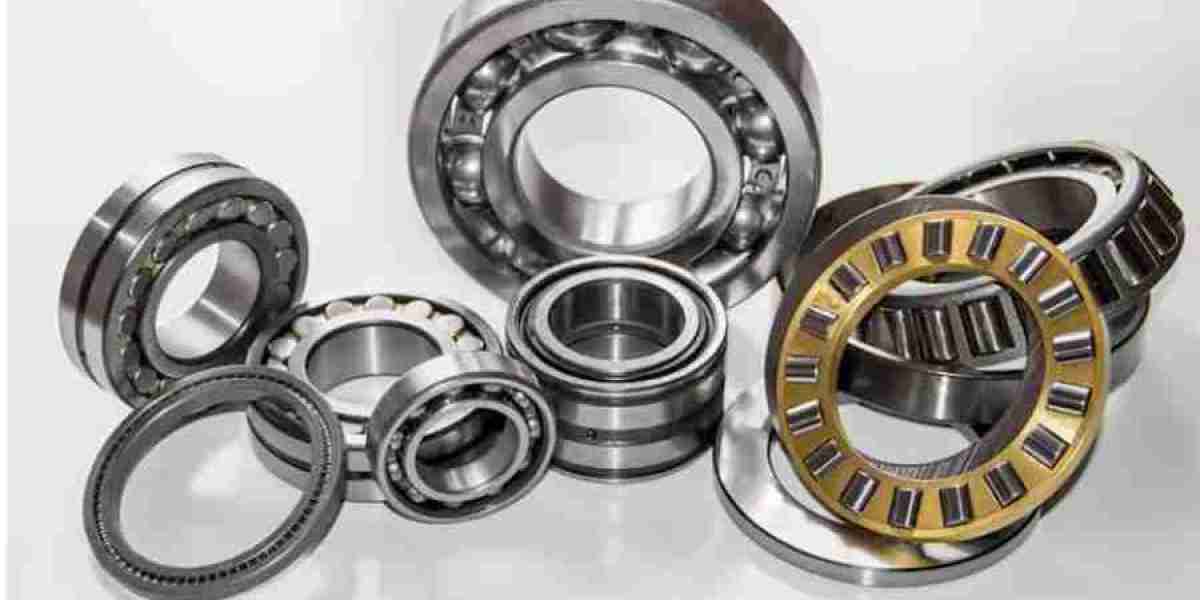As the fashion and textile industries grapple with the environmental consequences of waste, the Textile Recycling Market is experiencing a technological transformation. Innovations in fiber regeneration and material recovery are driving new possibilities for circular production, reducing dependence on virgin materials, and enhancing the quality and applicability of recycled textiles.
This article explores how cutting-edge solutions in fiber regeneration and recovery are shaping the future of textile recycling and contributing to a more sustainable global textile economy.
Understanding Fiber Regeneration and Material Recovery
Fiber regeneration refers to the process of converting waste textiles back into fibers that can be reused to manufacture new garments or textile products. Material recovery involves extracting usable components—like cotton, polyester, or cellulose—from discarded or end-of-life textiles through mechanical, chemical, or biological means.
These processes are crucial to ensuring that post-consumer and post-industrial textile waste is not lost to landfills but is reintegrated into the production cycle.
Mechanical Recycling: Improvements in Efficiency and Output
Mechanical recycling, the oldest form of textile recycling, involves shredding fabrics and re-spinning them into new fibers. While it’s cost-effective and scalable, it traditionally degrades fiber quality.
Recent innovations include:
Improved fiber separation for higher-purity output
Low-impact mechanical treatment to preserve fiber strength
Blending recycled fibers with virgin materials to maintain performance
These improvements have allowed recycled textiles to be used in higher-end applications, including fashion, upholstery, and technical fabrics—thus increasing demand in the Textile Recycling Market.
Chemical Recycling: The Future of High-Quality Regeneration
Chemical recycling is revolutionizing fiber regeneration by enabling the separation of blended fabrics and the restoration of fibers to their original molecular structure.
Key chemical recycling technologies include:
Depolymerization of polyester (PET) to recover monomers
Solvent-based cellulose extraction from cotton
Dissolution-based methods that break down fabric without damaging fiber integrity
Notable innovations:
Evrnu’s NuCycl® technology converts cotton waste into high-performance fiber.
Worn Again Technologies separates polyester and cellulose from poly-cotton blends.
Ioncell® transforms wood pulp and cotton waste into biodegradable textile fibers.
These breakthroughs are allowing manufacturers to use recycled fibers without compromising quality—making chemical recycling a core component of the evolving Textile Recycling Market.
Regeneration of Natural Fibers
Recovering natural fibers like cotton, wool, and hemp poses unique challenges due to fiber degradation during use. However, recent advances have enabled:
Selective enzyme treatments that break down impurities without damaging the fibers
Closed-loop water systems to preserve environmental resources
Microbial processing to extract cellulose from used cotton
These processes contribute to sustainable practices, especially in high-volume cotton-based textile production, expanding the textile recycling market into agriculture and eco-fashion sectors.
Innovations in Synthetic Fiber Recovery
Synthetics such as polyester, nylon, and acrylics dominate modern textile production. Their non-biodegradable nature makes recycling essential.
Recent progress includes:
Econyl® by Aquafil, which regenerates nylon from fishing nets and industrial waste
GarboChem™, which converts polyester waste into reusable PET
Bio-based solvents for low-emission recovery of synthetic polymers
These methods significantly reduce environmental impact while enabling manufacturers to meet recycled content mandates and sustainability targets.
Role of Automation and AI in Recovery Efficiency
Artificial intelligence and automation are reshaping how fiber regeneration and recovery are managed:
AI-powered sorting systems can identify fiber composition and sort textiles at high speed
Robotic dismantling tools separate components like zippers, buttons, and trims
Blockchain and digital tagging provide traceability of fibers and proof of sustainability
These smart technologies help streamline the material recovery process, reduce contamination, and ensure consistent feedstock quality for fiber regeneration systems—adding considerable value to the Textile Recycling Market.
Applications and Market Impact
Innovations in fiber regeneration and recovery are expanding recycled material applications, including:
High-performance apparel
Automotive interiors
Construction insulation and padding
Home textiles like towels and bedding
This has increased market confidence and widened the customer base, encouraging more investments and public-private collaborations in the Textile Recycling Market.
Challenges Ahead
Despite technological progress, several challenges remain:
High costs of chemical recycling at scale
Limited access to recycling infrastructure in emerging markets
Inconsistent quality control in recycled fiber batches
Regulatory hurdles for certifying regenerated fibers as equivalent to virgin materials
Addressing these issues will require stronger partnerships, government support, and continuous innovation.
Future Outlook
Between 2025 and 2032, the Textile Recycling Market is expected to see rapid growth fueled by:
Greater demand for closed-loop manufacturing
Increasing regulatory pressure for sustainable material sourcing
More brand commitments to circular fashion goals
Breakthroughs in AI-enabled recovery systems and fiber-specific recycling technologies
As these trends mature, fiber regeneration and material recovery will become the foundation of textile sustainability.
Conclusion
Innovations in fiber regeneration and material recovery are driving a new era in the Textile Recycling Market. From chemical processes that reclaim high-quality fibers to AI-driven systems that enhance efficiency, these advancements are making textile recycling more viable, scalable, and environmentally impactful than ever before.
With the right investments, policies, and consumer awareness, textile recycling can transition from a niche practice into a mainstream industry, closing the loop in global textile production.




